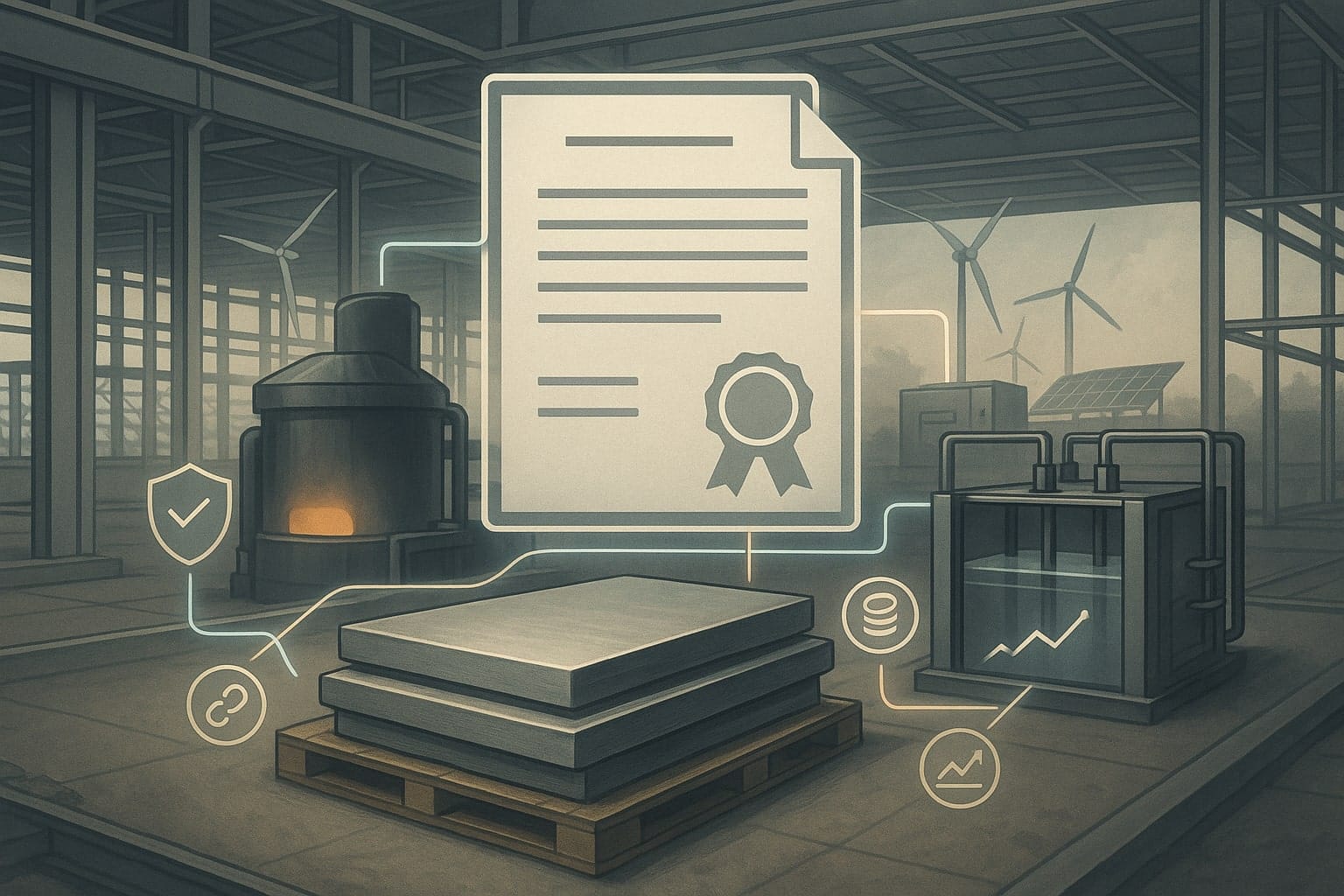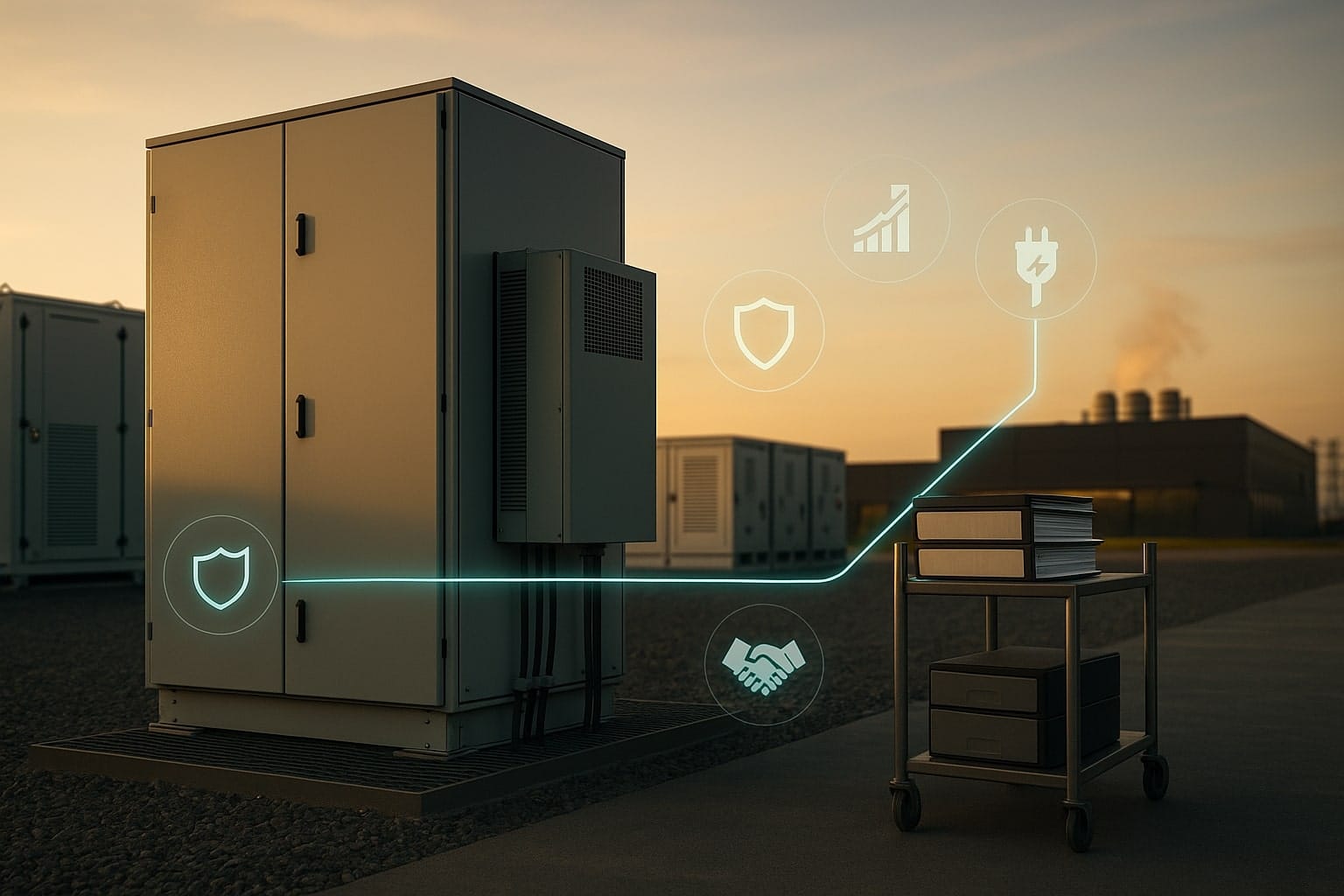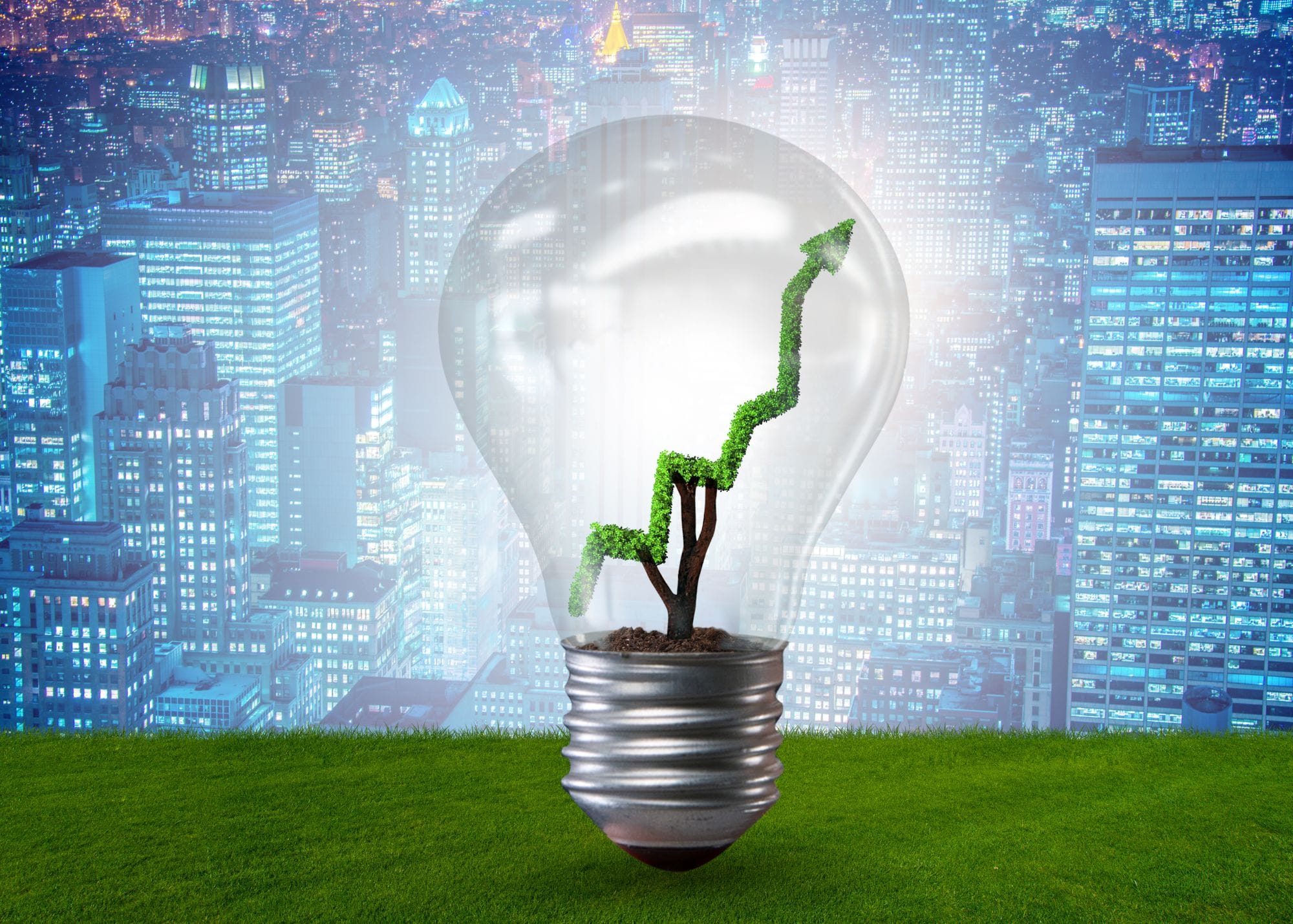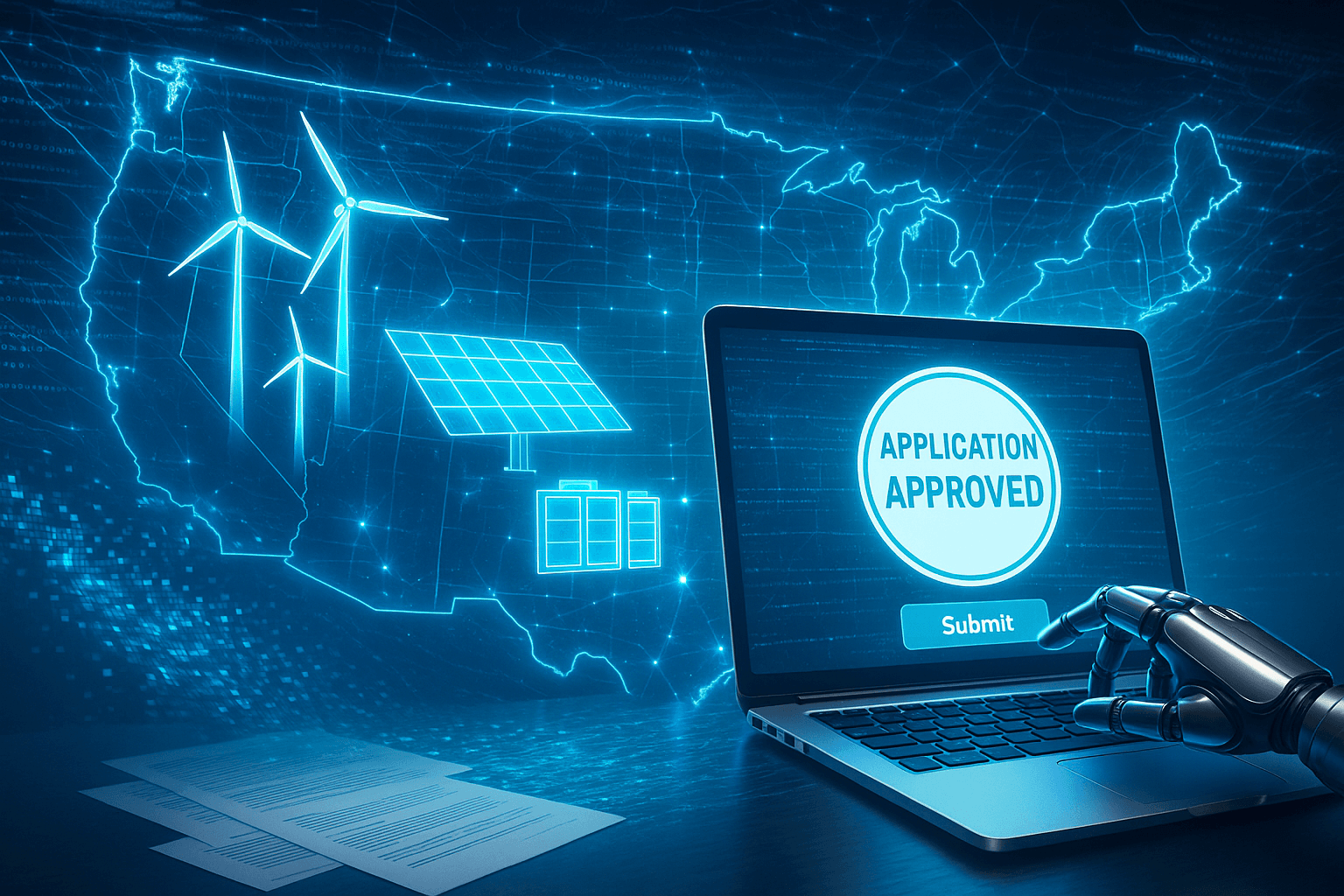When the World Bank’s International Finance Corporation (IFC) approved a $250 million loan and equity package for a new polysilicon plant in Oman last week, it did so over loud objections from Washington. The U.S. executive director on the IFC board voted against the project, citing concerns that it amounts to a back-door boost for China’s dominance in solar manufacturing. Germany, the Netherlands, and Nordic countries abstained, echoing worries of worsening a global glut in solar-grade polysilicon. The controversy lays bare the current fault lines in clean tech: on one side, multilateral financiers and emerging-market players still pushing expansion; on the other, the U.S. and some allies wary of overcapacity and keen to decouple from Chinese supply chains. This saga provides a case study in how global solar markets are wrestling with oversupply, how geopolitical tensions around clean tech are playing out, and what the ripple effects might be for American solar startups and investors focused on stable returns.
Table of Contents
ToggleA World Awash in Polysilicon – And More to Come
Polysilicon, the ultra-pure form of silicon used in solar panels (and also in semiconductors), has seen a boom-and-bust cycle of epic proportions. In the past two years, global production capacity ramped up at a blistering pace, primarily in China. Now the industry is awash in surplus. China’s polysilicon manufacturing capacity hit about 3.25 million metric tons by the end of 2024, accounting for 93% of global output, according to market research firm Bernreuter Research. This massive buildout was initially a response to soaring prices and shortages in 2021–2022, when polysilicon prices spiked to nearly $40/kg amid insatiable solar demand. But as is often the case, the supply response overshot. By mid-2025, polysilicon spot prices had collapsed below $5/kg – levels not seen in years and well below most producers’ cash costs. Chinese manufacturers collectively lost an estimated $40 billion in the solar value chain last year due to the price war and overcapacity.
In this context, building a new 100,000-ton-per-year polysilicon plant, as planned in Oman’s Sohar Port, raises eyebrows. That capacity could supply roughly 40 GW worth of solar panels annually, adding to a global glut when demand, while growing, isn’t keeping up at the same pace. In fact, industry leaders in China are openly talking about the need to rein in production. Trina Solar’s chairman noted that losses across the photovoltaic manufacturing chain hit $60 billion last year and called for an end to the price war. China’s state planner (NDRC) even convened a meeting in early 2025 urging companies to halt new expansions, though that plea has not entirely stopped capacity growth. Now, Chinese producers are reportedly considering a self-funded rescue plan: a 50 billion yuan (~$7 billion) fund to buy out and shutter about one-third of China’s polysilicon production capacity. This unprecedented move underscores how severe the oversupply is – firms are willing to pay to take competitors offline to stabilize the market.
Yet even as the incumbents seek rationalization, new players and geographies are entering the fray, thanks in part to financing like the IFC’s. The Oman project, developed by a company called United Solar, is emblematic. It’s led by a U.S.-citizen CEO with deep China ties (he was formerly CEO of Chinese polysilicon giant Daqo) and backed by Chinese private capital (IDG Capital) and Oman’s sovereign wealth fund. In essence, it’s Chinese know-how and money setting up shop in the Middle East, likely leveraging low energy costs and freezone incentives in Oman. The fact that Xinjiang Daqo – Daqo’s Chinese subsidiary – is on the U.S. forced labor blacklist adds to Washington’s ire. Polysilicon from Xinjiang has been banned from U.S. import due to concerns over labor practices, contributing to Western desires to cut reliance on Chinese supply. Now the IFC’s money is seen as enabling a “workaround” – Chinese-linked polysilicon produced under an Omani flag, which might flow to global markets outside U.S. jurisdiction.

For the global solar industry, more polysilicon capacity in a neutral location like Oman could theoretically be positive: diversification of supply and potentially lower costs if the plant is efficient. But when the market is already oversupplied, new capacity can be destructive. It can drive prices even lower, imperiling existing producers worldwide (including non-Chinese ones). Indeed, in the West, companies like Hemlock Semiconductor in Michigan have only recently regained footing thanks to high prices in 2021–22, and are expanding with government support. A renewed glut could undermine those efforts. European polysilicon producers already exited or pivoted due to past Chinese competition; a further price depression could snuff out any nascent revival in places like Germany. Analysts say there is “no hope for recovery in solar component prices this year” unless major producers shut lines, a stark warning that profitability may remain elusive industry-wide in the near term.
Clean Tech Decoupling and the Geopolitics of Solar
The IFC’s approval of the Oman loan against U.S. objections highlights the geopolitical undercurrents in clean tech supply chains. We are effectively witnessing a tug-of-war between global integration and economic decoupling in the solar sector. The U.S. government’s stance was unequivocal: it “will use its voice and vote” in multilateral institutions to prioritize America First principles, opposing projects seen to benefit China or exacerbate overcapacity. Treasury officials view the United Solar venture as “effectively a new Chinese enterprise” that adds excess supply – in other words, an undermining of both global market stability and U.S. efforts to build a domestic solar manufacturing base. Washington has leaned on the World Bank to stop lending to China and, by extension, projects that advance Chinese industrial interests. The current U.S. administration, under President Trump’s second term, has taken an even harder line: pressing the World Bank and IMF to pull back from climate finance if it seems to conflict with core development goals or U.S. strategic aims. In this case, climate financing (a solar materials plant) is seen by the U.S. as strategically counterproductive.
On the other side, the IFC and host countries like Oman emphasize development and diversification. Oman wants to industrialize beyond oil, and solar manufacturing fits the bill. From the IFC’s perspective, funding a large polysilicon facility in a developing region contributes to South-South technology transfer and green industry growth. Implicitly, the IFC is prioritizing climate action and market efficiency (cheaper solar inputs globally) over the concerns about who gains market share. It suggests a rift where some U.S. allies and institutions still favor a globalized clean energy supply chain, whereas the U.S. itself is prioritizing “clean tech decoupling” from China. Europe’s abstentions signal they share some U.S. concerns but perhaps didn’t want to fully block a climate-friendly project.
The Oman case also illustrates China’s evolving strategy amid trade barriers. Facing tariffs and political pushback in the U.S. and Europe, Chinese solar firms are expanding into third countries. As Reuters noted, Chinese manufacturers have been rapidly setting up production in the Middle East and targeting new markets in Asia and Eastern Europe. Building factories abroad can sidestep tariffs (panels made in, say, Oman or Vietnam aren’t subject to the same duties as made-in-China panels). It also can dodge specific import bans like the U.S. Uyghur Forced Labor Prevention Act, as long as the new supply chain is free of tainted inputs. In essence, China is “exporting” some of its industrial base to neutral territories to maintain global dominance, even as direct exports face friction. The Oman polysilicon plant is a textbook example: Chinese expertise and capital creating capacity outside China’s borders to serve world demand and perhaps funnel polysilicon to Chinese-owned solar panel factories in Southeast Asia or MENA. The IFC financing provides legitimacy and lower capital cost for this endeavor, which is why Washington bristled.
For the U.S. and allied clean tech industries, this trend is a double-edged sword. On one hand, it could mitigate over-reliance on China proper – more production in countries like India, Malaysia, or Oman means supply chain diversification. On the other hand, if those new facilities are effectively extensions of Chinese firms, the strategic dependency isn’t truly eliminated. From a decoupling perspective, the U.S. would prefer allied countries or domestic firms filling the gap, rather than China’s sphere of influence simply shifting production geographically. That’s why we see moves like the U.S. granting $325 million to Hemlock Semiconductor to expand U.S. polysilicon output for semiconductors – part of a broader reshoring push under initiatives like the Inflation Reduction Act and CHIPS Act. The U.S. is pouring billions in incentives to nurture domestic solar manufacturing (from polysilicon and wafers to modules and batteries), explicitly aiming to break China’s 80–95% control of these stages.
The IFC’s Oman project being approved despite U.S. disapproval might suggest limits to American influence in multilateral settings when climate objectives are at stake. It hints that developing countries and institutions like the World Bank are not fully aligning with the U.S. decoupling agenda. For global solar deployment, the upside is potentially cheaper panels if the glut persists – a plus for countries trying to install renewable energy. But from a market health standpoint, one must question how long such oversupply can continue before major shakeouts occur. If Chinese companies follow through on cutting a third of capacity, that could tighten supply in a couple of years. Ironically, Bernreuter Research projects that if too much capacity is cut, today’s glut could swing to shortage by 2028. In that scenario, having diversified production (like Oman’s plant) could actually prove useful to prevent another price spike. It’s a delicate balance – cut too little capacity and losses mount; cut too much and you risk under-supply a few years out as demand for solar continues to rise globally.
Price Pressures and Upstream Market Shakeups
For now, the immediate reality is one of intense price pressure across the solar supply chain. Polysilicon’s price crash has flowed downstream: wafers, cells, and modules have all gotten cheaper in 2023–2024, which is great for project developers but painful for manufacturers. Major Chinese integrated firms reported losses and are idling some factories. A procurement manager at a Chinese module maker bluntly said that “two or three large factories would have to stop production” to rebalance supply and support prices – an outcome considered unlikely in the near term. The vivid quote that “the overcapacity issue is so deep one cannot see to the bottom” encapsulates industry sentiment. In economic terms, we’re seeing classic overshooting: every producer assumed booming demand would absorb new capacity, but when everyone expanded at once, a prisoner’s dilemma ensued – now each is hoping others cut output first.
The Oman plant, if it comes online in a couple of years, would enter this context. It may boast lower production costs thanks to Oman’s cheap natural gas (polysilicon production is energy-intensive), and potentially newer tech that is more efficient. If so, it could undercut higher-cost producers, forcing them either to upgrade or exit. Western producers tend to have higher energy and labor costs, so they are vulnerable unless they differentiate (for example, targeting semiconductor-grade silicon like Hemlock is doing with its expansion, since chip polysilicon commands higher prices and is a separate market to an extent). For the upstream solar market, a new low-cost supplier in Oman could accelerate consolidation – possibly even cooperating with Chinese efforts to retire older capacity. One could envision Chinese firms using the Oman output to replace some domestic output, effectively outsourcing production to maintain overall market share while culling outdated plants at home.
The price war has also spurred technology shifts. Companies are racing to improve polysilicon production methods (like fluidized bed reactors that produce granular silicon potentially cheaper than traditional Siemens process) or to develop thinner wafers and higher-efficiency cells that use less silicon per watt. If oversupply persists, innovation is one way firms try to survive by lowering costs. Another consequence is vertical integration: during the shortage, many panel makers integrated upstream to secure polysilicon; now during glut, some might spin off or shut those units to stem losses. This dynamic environment can be both opportunity and minefield for investors. On one hand, low input prices are a boon to yield-focused investors in solar farms – cheaper panels mean lower capex and potentially higher project ROI or the ability to bid more competitively for power contracts. A solar developer or infrastructure fund sees module prices in 2024 at perhaps half the level of 2022, which dramatically improves project economics.
On the other hand, volatility in the supply chain can delay projects (as suppliers go bankrupt or shipments get caught up in trade restrictions). Yield-focused investors typically crave stability and predictable cash flows. The current overcapacity could lead to price instability – possibly a floor and then spikes if capacity rationalization overshoots. Moreover, Western project investors have to consider trade policy risk: the U.S., for example, imposed tariffs and antidumping duties on Chinese solar products, and with decoupling, there’s always a chance of new import curbs or local content rules. If IFC-backed capacity in Oman floods markets with ultra-cheap polysilicon, governments might respond with measures to protect local startups or ensure ethical supply chains. That in turn could segment the market – e.g., “clean” polysilicon (non-Chinese) commanding a premium in U.S./Europe vs. global spot prices. We already see hints of that: polysilicon from China’s Xinjiang region is barred from the U.S., so module makers have had to source non-Xinjiang material (raising their costs). If Oman’s output is deemed acceptable (assuming no forced labor connections), it could supply U.S.-bound panels and relieve some pressures.
For American solar startups, the landscape is paradoxical. On one side, the U.S. government is offering significant carrots – tax credits, grants, loans – to scale up domestic manufacturing of solar components. Dozens of new projects have been announced, from module assembly plants in the Southeast to a planned wafer facility. Yet the global reality is that China and its affiliates still enjoy unmatched scale. U.S. startups making next-gen solar tech (like perovskite tandem cells or advanced thin films) may find it tough to compete on cost with a glut of conventional panels. Their hope lies in differentiation: either better performance or accessing markets where Chinese supply is constrained (like U.S. utility projects requiring domestic content for full tax credits). The Oman plant doesn’t directly compete with, say, a U.S. perovskite startup, but it contributes to a world of abundant cheap silicon PV which sets a high bar for new technologies to clear. A concern is that prolonged low prices could squeeze profit margins industry-wide, leaving less capital to invest in innovation. It’s telling that even Chinese companies, now strapped for cash, are focusing on survival rather than R&D – some are diversifying into energy storage or solar project development to find profits.
Divergent Capital Expenditures: US vs World
The friction over the IFC loan also symbolizes a divergence in capital expenditure strategies globally. In China and many developing economies, the mantra until recently was “build more, build fast” to capture market share in the energy transition. The result: a terawatt-scale manufacturing colossus in China and rapidly growing capacity in Asia. China currently controls over 80% of global manufacturing capacity for polysilicon, wafers, cells, and modules, and it doubled down even as profits turned to losses – perhaps counting on rivals to falter first. Now, partly due to geopolitical pressure, some of that expansion is happening via proxies or overseas ventures (as in Oman). Capital is still relatively cheap in those circles, often supported by state-linked investors or development banks like the IFC for “green projects.”
In contrast, the U.S. and Europe have taken a more cautious, incentive-driven approach. The U.S.’s strategy is to catalyze but not directly command manufacturing growth. There’s a recognition that pure market forces led to extreme reliance on imports; now subsidies are used to tilt the economics slightly in favor of domestic production. But U.S. companies and financiers remain wary of gross overcapacity. A U.S. startup will not deploy billions in a polysilicon plant unless it’s confident of either a protected market or a technology edge, because it cannot survive a price collapse in the open market as readily as a Chinese state-backed firm. Thus we have global capex divergence: China (and affiliated capital) still adding capacity (though that may slow with the new consolidation efforts), while American capex goes into selective projects often at smaller scale or novel tech. For example, the United States and India together have announced plans for around 200 GW of module capacity (with help from IRA incentives) – significant, but still a fraction of China’s existing 1000+ GW capacity in various stages of solar manufacturing.
The Oman project’s green light suggests that outside of the U.S. sphere, there is still appetite to invest in traditional solar supply chain segments despite the oversupply – perhaps betting on future demand growth in the developing world and on capturing market when weaker players fold. And indeed demand is growing: global solar installations hit record levels and keep climbing as nations race to meet climate goals. Bernreuter projects annual installations could reach 1,900 GW by 2029, which would dwarf today’s roughly 300 GW/year level. If such demand materializes (driven by huge expansions in India, Southeast Asia, Middle East, Africa), current overcapacity might be absorbed in a few years. Investors backing new capacity in Oman or elsewhere may be playing that long game, looking past the current glut.
For yield-focused investors (like infrastructure funds, solar farm REITs, etc.), the implications are mixed but interesting. In the short term, abundant supply means equipment costs remain low, improving project internal rates of return. We could see solar power purchase agreement (PPA) prices come down as developers leverage cheap panels – good for competitiveness of solar vs fossil fuels. However, if the oversupply leads to trade skirmishes or a major consolidation that temporarily restricts supply, there could be volatility in equipment availability and prices. Smart project investors will hedge by securing supply deals in advance or favoring developers with integrated supply chains. They might also pay attention to where panels are sourced: as ESG considerations grow, using panels with polysilicon from non-forced-labor sources (like Oman instead of Xinjiang) could become a requirement for certain investors or off-takers. In that sense, the Oman plant could ironically become a preferred source for “clean” polysilicon for Western markets – if it can certify ethical production, it might fill the gap left by excluded Chinese material. So from a yield investor perspective, an IFC-blessed plant in Oman could be a welcome addition if it provides a stable, ethically vetted supply for the next decade of solar farms.
American Solar Startups Under Pressure and Opportunity
What about American solar startups specifically? They exist largely because of the desire to localize and innovate out of this overcapacity trap. Some are working on alternative technologies (like cadmium telluride thin-film, perovskites, tandem cells) to leapfrog silicon. Others aim to domesticate parts of the supply chain (like creating wafer production in the U.S. or developing polysilicon with solar-grade purities at smaller scale). The current global dynamics mean these startups face a world of ultra-cheap incumbent tech. To survive, they likely need sustained policy support (tariffs, domestic content rules, direct subsidies) or to serve niche markets that value their USP (unique selling proposition). For instance, a U.S. company that makes more efficient panels that reduce land use might find a niche in space-constrained projects, even if their panels cost more. Or a startup focusing on recycling and sustainability could appeal to projects seeking a circular economy approach, differentiating from lowest-cost offers.
Interestingly, if global giants retrench due to losses, it could open breathing room for new entrants – provided those entrants are not trying to outdo on cost alone. If China shuts a third of its poly capacity, maybe prices stabilize a bit higher, which could benefit U.S. producers. The flip side is, if an overseas project like Oman’s, aided by cheap capital, ramps up, it could delay that stabilization and keep prices at rock-bottom. U.S. firms like Hemlock (poly) or First Solar (thin-film modules) operate largely thanks to either specialization or trade protections. First Solar, for example, doesn’t rely on polysilicon at all and has its own market niche, but even it faces global pricing trends for competing silicon panels.
American startups might take heart that the U.S. government is clearly willing to invest in them – the Hemlock grant, and numerous IRA manufacturing credits – the U.S. aims to build tens of GW of domestic capacity by late 2020s, even if that’s still modest relative to China. The question is whether these new factories can attain globally competitive efficiency and scale in time. The worry is a scenario where, come 2026 or 2027, the global glut remains, panel prices are extremely low, and U.S. factories struggle to compete despite subsidies, leading to underutilization. Alternatively, if trade barriers persist or increase (for example, a stricter enforcement of Buy American in huge federal solar projects), domestic makers might have captive demand regardless of global prices. This policy shield could nurture them until either the global glut clears or they innovate beyond current tech.
From a finance perspective, yield-focused investors and venture investors are almost mirror images: yield investors want stability and low costs – the current oversupply gives them that, but they have to watch out for its sustainability; venture investors in manufacturing want high growth and margins – oversupply crushes margins, so they bank on disruption or protection. Both are influenced by the decoupling narrative. If U.S.-China tensions continue or worsen, one can imagine a bifurcated solar market: a China-centered one with ultra-low costs, and a U.S./allied one with higher costs but more security of supply. Projects in the latter might be less price-sensitive due to policy support or carbon tariffs on imports. In that scenario, American startups can thrive in a protected ecosystem, while global players adjust to selling into markets less concerned with domestic content.
The IFC loan to the Oman plant, then, is a bellwether. It suggests the global solar industry is not slowing down its expansion despite warnings of overcapacity – it’s just reconfiguring geographically. It also signals that multilateral institutions still prioritize broad clean energy deployment, even if it irks some shareholders. The U.S. objection indicates that decoupling is now part of the lens through which it views even climate-friendly projects. We may see more such clashes: for instance, if the World Bank supports a battery factory in an Asian country with Chinese partners, or a wind turbine plant, etc. For clean tech entrepreneurs and investors, it means navigating an environment where industrial policy and geopolitics are as important as technology and demand. The solar story of 2025 is as much about boardroom votes and trade lists as it is about sun and silicon.
In summary, global solar overcapacity, epitomized by the Oman polysilicon project, is forcing a realignment. China and aligned capital continue to push the envelope, overshooting today to perhaps meet tomorrow’s needs. The U.S. and some allies are attempting to foster a parallel supply chain insulated from these shocks. Prices are in freefall now, benefiting consumers of solar, but prompting drastic measures among producers. American solar startups and yield investors alike must keep one eye on the price trends and another on the policy environment. In the long run, the world will need all the solar it can get to meet climate goals – the debate is over how and where that solar supply is built. The Oman IFC deal, controversial as it is, underscores that the transition will not be a straight line; it will be buffeted by cycles of glut and scarcity, and shaped by strategic decisions in Washington, Beijing, and beyond. How those forces play out will determine not just the health of the solar industry, but the pace and security of the clean energy revolution.












